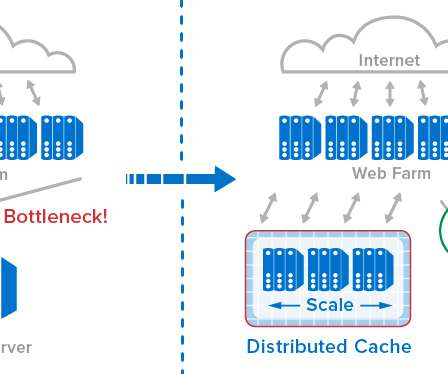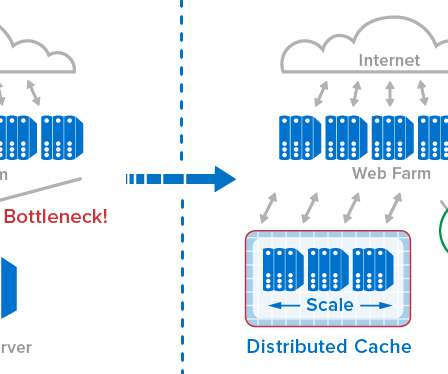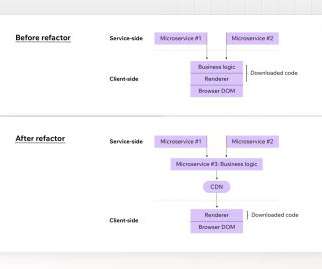Consistent caching mechanism in Titus Gateway
The Netflix TechBlog
NOVEMBER 3, 2022
In the time since it was first presented as an advanced Mesos framework, Titus has transparently evolved from being built on top of Mesos to Kubernetes, handling an ever-increasing volume of containers. The original assumptions and architectural choices were no longer viable. The cache is kept in sync with the current leader process.






































Let's personalize your content